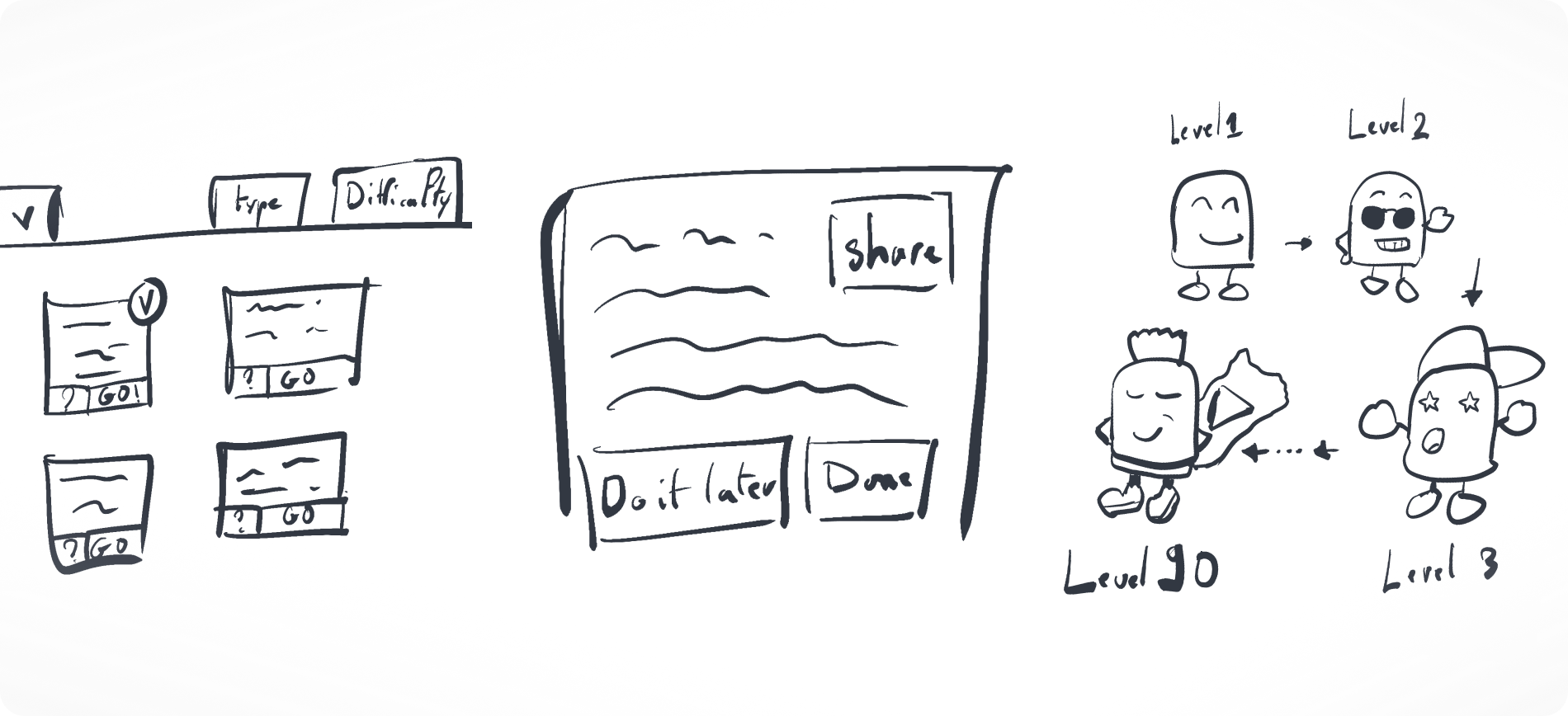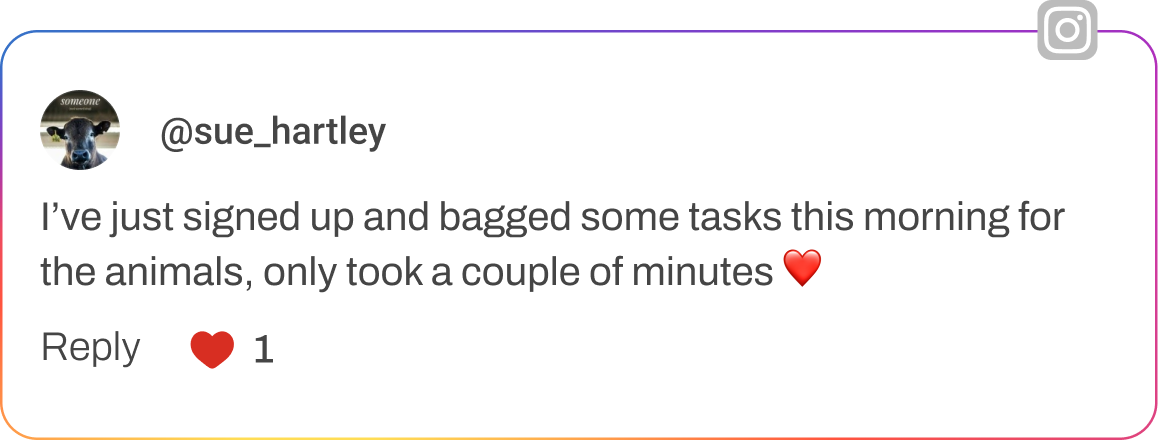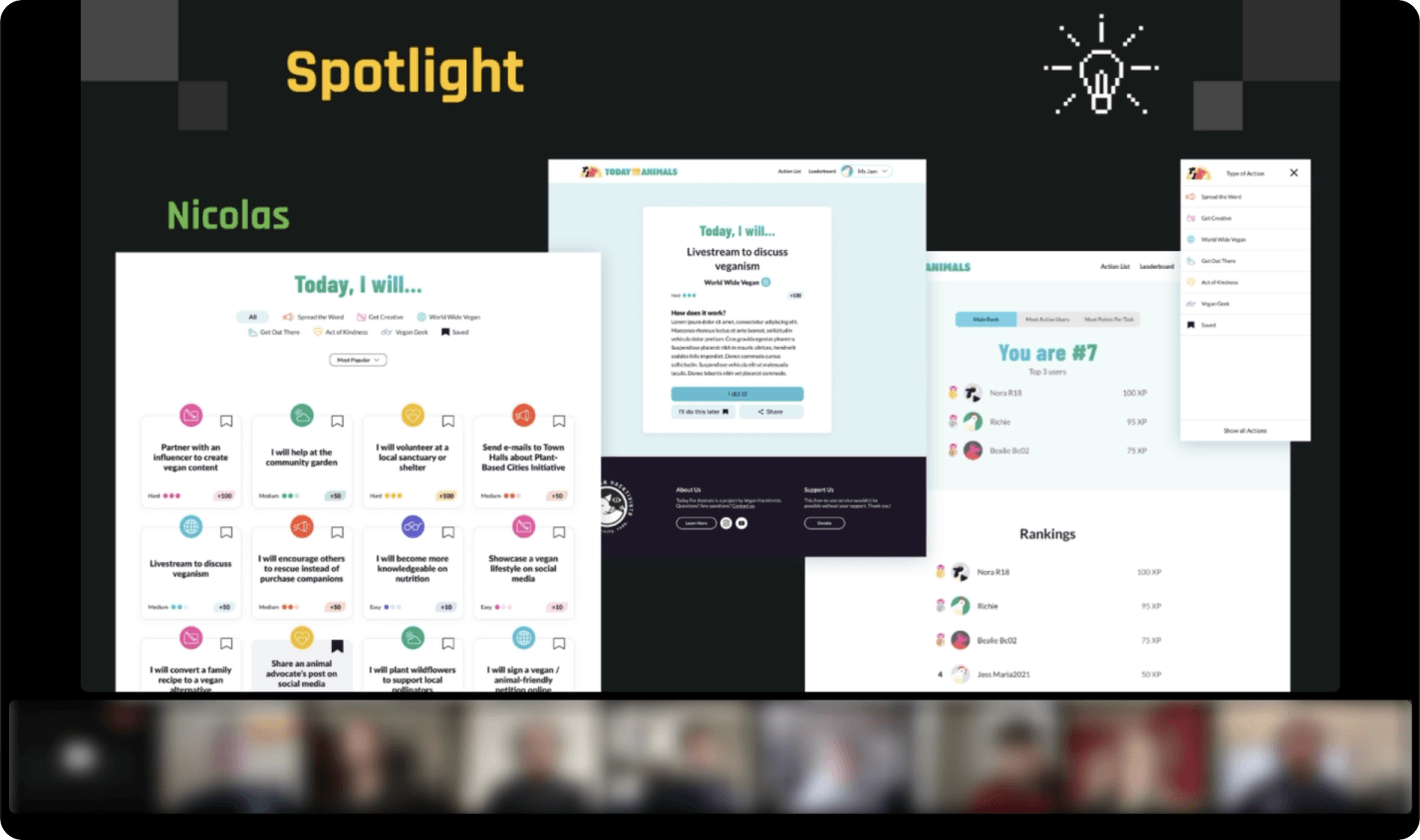Time logging feature: anti-persona
I recognized an anti-persona, a user who may not adhere to
logging time accurately, leading to potential abuses such
as overstating their work time. This could affect the
platform's credibility and fairness. Without
verification, it could lead to manipulation by users and
job posters, disrupting harmony and trust between them.
Given our technical limitations, this solution was not
viable.





